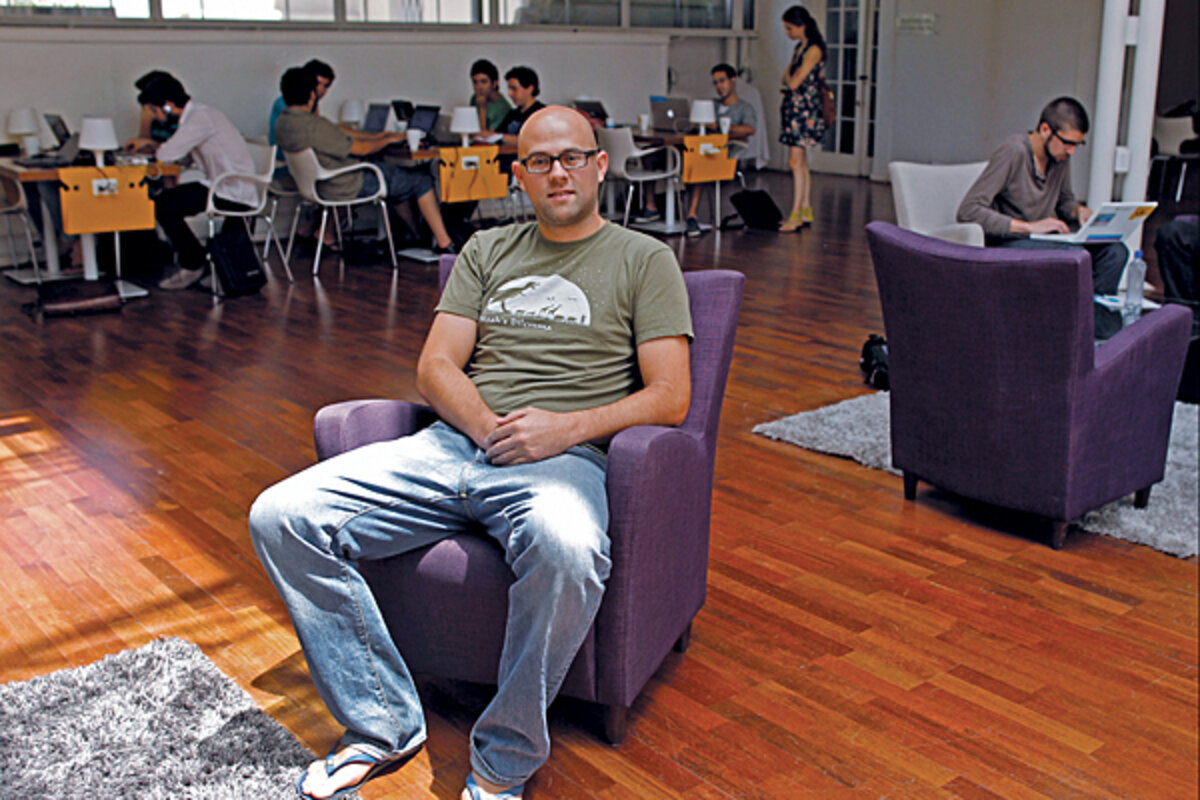Good reads: a 'hidden' nuclear crisis, how China sees the US, and 'Chilecon Valley'
Loading...
The world thought that the Cuban missile crisis ended in October 1962 when the United States lifted its quarantine around Cuba and the Soviet Union withdrew its medium-range missiles. However, “the secret crisis still simmered” through November, writes ��. Unknown to American intelligence, the Soviets had also delivered almost 100 tactical weapons including 80 nuclear front cruise missiles, 12 nuclear warheads for dual-use Luna short-range rockets, and 6 nuclear bombs for IL-28 bombers.
“Even with the pullout of the strategic missiles, the tacticals would stay, and Soviet documentation reveals the intention of training the Cubans to use them,” writes Ms. Savranskaya, a senior fellow at the National Security Archive.
Soviet Deputy Prime Minister Anastas Mikoyan was tasked with handling the delicate negotiations with Cuba and an angry Fidel Castro, who found out about the US-Soviet agreement on the radio. Savranskaya includes a transcript from the Nov. 22, 1962, meeting between Mr. Castro and Mr. Mikoyan in which Castro expresses his humiliation: “ ‘What do you think we are? A zero on the left, a dirty rag. We tried to help the Soviet Union to get out of a difficult situation.’
“In desperation, Castro almost begged Mikoyan to leave the tactical warheads in Cuba, especially because the Americans were not aware of them...,” Savranskaya writes. “But Mikoyan rejected Castro’s pleas and cited a (nonexistent) Soviet law proscribing the transfer of nuclear weapons to third countries.
Castro had a suggestion: ‘So you have a law that prohibits transfer of tactical nuclear weapons to other countries? It’s a pity. And when are you going to repeal that law?’ Mikoyan was non-committal: ‘We will see. It is our right [to do so].’”
Understanding China’s perspective
China’s economic, cultural, and security goals do not need to be at odds with those of the West. When US policymakers understand how Beijing policymakers perceive US words and actions, a more polite and positive relationship could result.
In their essay “How China Sees America,” Foreign Affairs writers Andrew J. Nathan and Andrew Scobell and political strategists in order to understand how China perceives US actions and promises. The US, according to Beijing, is omnipresent in both its internal and external affairs, bullying it on cultural issues, trade agreements, and security issues. Chinese analysts also see the US through the Marxist political thought, “which posits that capitalist powers seek to exploit the rest of the world,” they write.
The writers quote Li Qun, a member of the Shandong Provincial Party Committee and a rising star in the Communist Party, as saying that America’s “real purpose is not to protect so-called human rights but to use this pretext to influence and limit China’s healthy economic growth and to prevent China’s wealth and power from threatening [their] world hegemony.”
Mr. Nathan and Mr. Scobell suggest that both countries must realize that there is room for two “great powers” and that their success is mutually dependent on the other’s. One tack is to create a new power equilibrium within current international governance structures, but with a larger role for China. And, they write, “Chinese strategists must come to understand that core U.S. interests – in the rule of law, regional stability, and open economic competition – do not threaten China’s security.”
The lure of ‘Chilecon Valley’
America’s immigration laws are turning away potential entrepreneurs vying to launch the next Silicon Valley start-up. But one country is rolling out the welcome mat for these wayward entrepreneurs: Chile.
The Economist with promising ideas, even foreign ones. Competing with Brazil and Mexico to become the entrepreneurial hub for Latin America, Start-Up Chile gives entrepreneurs $40,000 and a one-year visa to develop their products and companies in Chile. Since its start in 2010, the program has supported almost 500 companies and 900 entrepreneurs from 37 countries. It aims to have 1,000 firms by the end of next year, costing the country $40 million.
Nicolas Shea, a Chilean businessman and former government official, had the idea for Start-Up Chile when he studied at Stanford University.
“‘I saw smart people being kicked out of the United States because they couldn’t get visas to stay,’ he says, ‘And I thought: why not bring some of them to Chile?’”
Copying the success of Silicon Valley is more challenging for a country like Chile, particularly given its harsh bankruptcy laws and conservative bureaucracy. Chile also lacks private venture capitalists willing to support new companies. But the Chilean official who oversees Start-Up Chile argues that with the right regulatory changes “Chile can become the region’s Singapore, which has prospered by welcoming foreign talent and providing businesses with a stable, well-regulated base for their operations throughout Asia.”





